How to Choose the Perfect Entry Doors for Your Home Upgrade
When it comes to upgrading your home, selecting the right entry doors is a decision that can significantly influence both the aesthetic appeal and functionality of your space. Entry doors serve as the first impression for your guests and play a crucial role in securing your home from intruders while contributing to energy efficiency. Given the vast array of styles, materials, and finishes available, navigating through the options can feel overwhelming. This guide aims to simplify the process by highlighting essential considerations and factors that will help you choose the perfect entry doors.
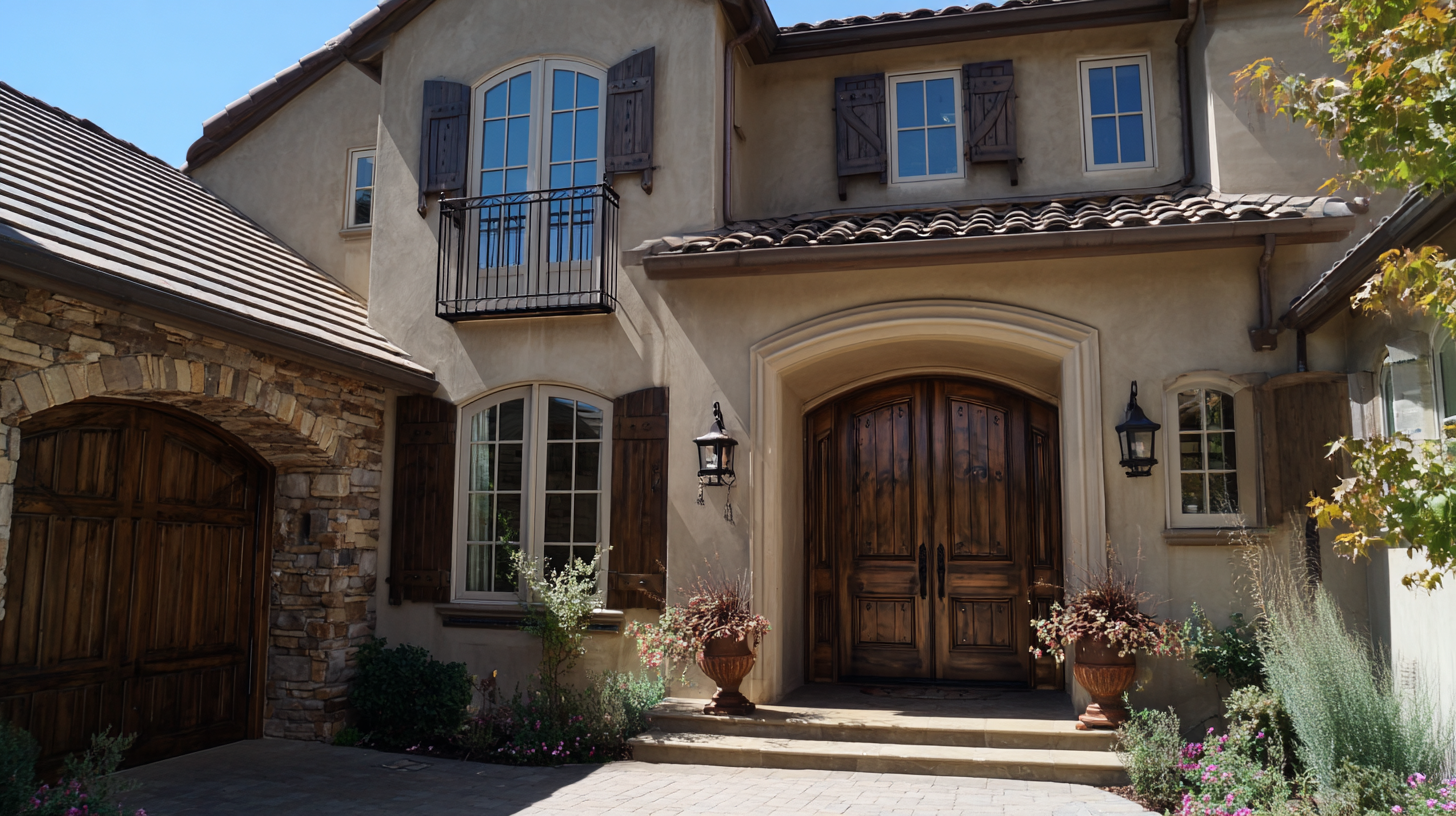
From determining the best material for your climate to selecting the right design that complements your home’s architecture, we will explore key aspects that will ensure your new entry doors not only enhance your curb appeal but also meet your practical needs.
Understanding the Various Types of Entry Doors Available for Home Upgrades
When upgrading your home, selecting the right entry doors can significantly enhance both aesthetics and security. There are various types to consider, including fiberglass, steel, wood, and vinyl, each offering unique benefits. According to the National Association of Realtors, about 73% of real estate agents believe that well-maintained entry doors can greatly impact a home’s perceived value, making it crucial to choose wisely.
**Tip:** Consider opting for fiberglass doors if you prioritize energy efficiency. They offer excellent insulation and are resistant to warping and cracking, with energy-efficient models estimated to save homeowners around 10-20% on their heating and cooling costs, as noted by the U.S. Department of Energy.
Steel doors, on the other hand, are often hailed for their strength and security features. The International Association of Certified Home Inspectors reports that homes with sturdy entry doors are 60% less likely to be burglarized. For homeowners that prefer a classic look, wooden doors can provide a timeless appeal, but require regular maintenance to prevent decay.
**Tip:** If you're leaning towards wood, consider modern treatments that enhance durability while retaining the natural beauty of the wood, ensuring your entry door withstands the test of time.
Different Types of Entry Doors for Home Upgrades
Assessing Your Home's Architectural Style for the Ideal Door Selection
When selecting entry doors for a home upgrade, evaluating the architectural style of your house is essential for achieving a cohesive look. According to the 2021 Remodeling Impact Report by the National Association of Realtors, the curb appeal of a home significantly influences its value, with 74% of surveyed Realtors recommending door replacements to enhance aesthetics. A door that complements your home’s style can elevate its overall appearance and ensure that it aligns with the existing architectural elements.
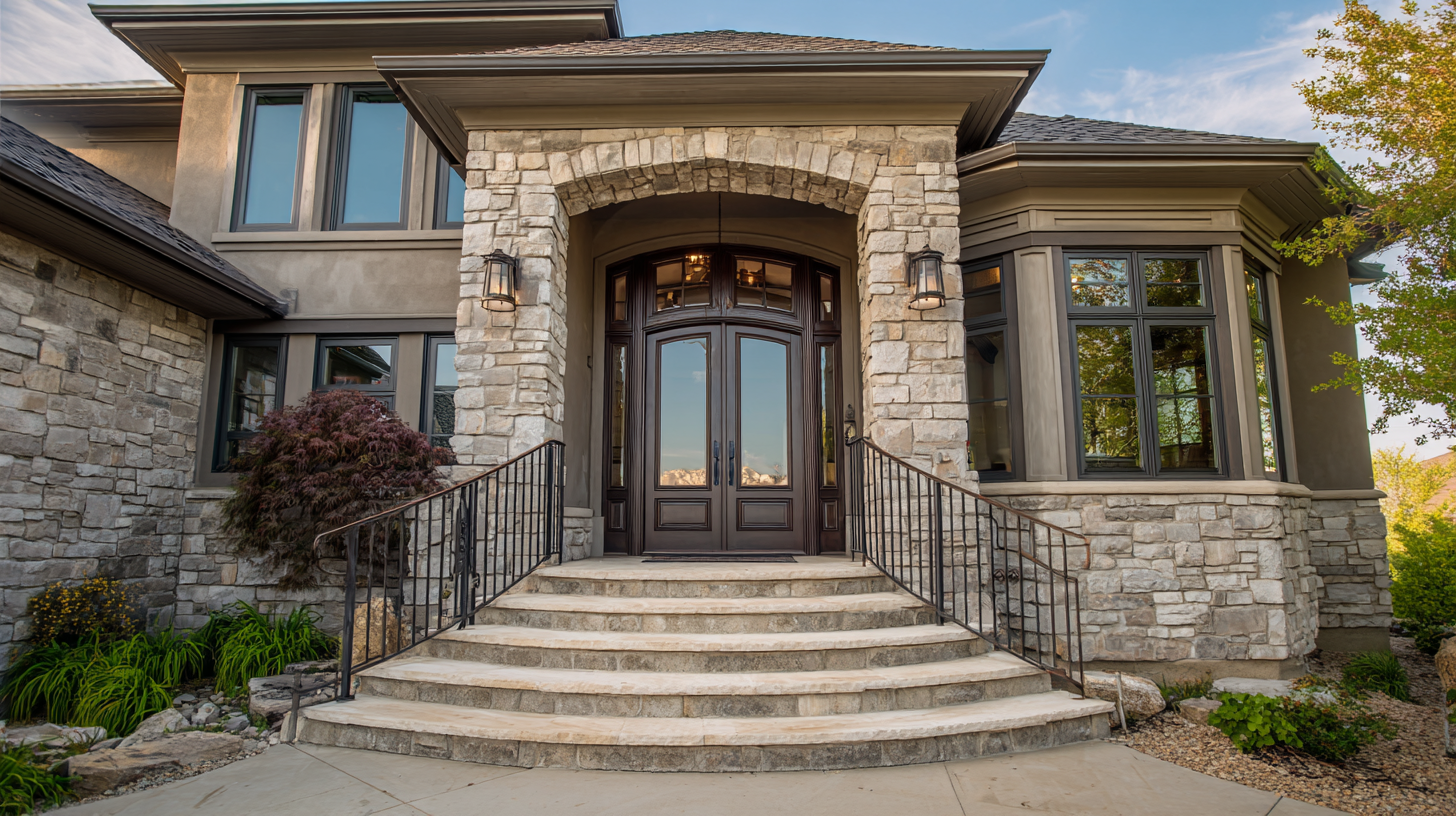
For instance, contemporary homes often benefit from sleek, minimalist doors made from fiberglass or aluminum, while traditional properties may be best suited for classic wooden doors with intricate paneling. A study by the University of Michigan indicates that homes with properly matched door styles can see an increase in perceived value by as much as 5%. By considering details such as texture, color, and design features that reflect your home’s style, you can create a welcoming entrance that not only enhances your home’s beauty but also supports its marketability.
Evaluating Material Choices: Wood, Steel, Fiberglass, and Their Benefits
When upgrading your home, selecting the right entry door is pivotal, and understanding the material options available is essential. Wood doors are a classic choice, known for their natural beauty and warmth. They offer excellent insulation properties, helping to maintain energy efficiency. However, it's important to consider their maintenance needs, as they may require regular refinishing to protect against weather elements.
On the other hand, steel doors present an attractive alternative, providing strength and security without compromising on style. They are resistant to dents and scratches, making them low-maintenance and ideal for homeowners seeking durability. Another noteworthy material is fiberglass, which combines the benefits of wood and steel. Fiberglass doors are energy-efficient, can mimic the appearance of wood, and are less susceptible to warping or cracking. Each material has its distinctive benefits tailored to different preferences and home styles, making it crucial to evaluate them carefully for a successful upgrade.
Considering Security Features and Energy Efficiency in Your Door Choice
When upgrading your home with new entry doors, prioritizing security features is essential. A robust door acts as the first line of defense against potential intruders. Look for doors constructed from solid materials, such as fiberglass or steel, which offer superior strength compared to traditional wooden doors. Additionally, choose models equipped with multi-point locking systems and reinforced frames, which enhance the door's overall security. Incorporating smart locks with keyless entry options can further elevate your home’s safety, allowing for convenient access without the worry of lost keys.
Energy efficiency is another critical factor in your door selection process. Entry doors that are properly insulated can significantly reduce energy costs, keeping your home warm in winter and cool in summer. Look for doors with a high Energy Efficiency Rating (EER), which indicate better thermal performance. Features such as double or triple glazing, ENERGY STAR certification, and low-emissivity (Low-E) coatings can help minimize heat transfer. By balancing security and energy efficiency, you can choose an entry door that not only protects your home but also contributes to long-term savings on energy bills.

Personalizing Your Entry Door with Styles, Colors, and Hardware Options
When upgrading your home, the entry door is a key element that not only enhances curb appeal but also reflects your personal style. According to a report by the National Association of Realtors, entry door replacement can yield a return on investment of approximately 75% to 80%. This makes it essential to customize your door to ensure it stands out while providing functionality.
Choosing the right style, color, and hardware can significantly impact the overall aesthetic of your home. Popular styles include traditional, modern, and rustic, catering to a variety of tastes. A study by the Door and Window Manufacturers Association indicates that 47% of homeowners prefer classic wood finishes, while others might opt for bold colors like navy blue or forest green to make a statement. Additionally, selecting the right hardware, from doorknobs to hinges, can add unique flair; it accounts for around 12% of the total entryway impression, reinforcing the idea that every detail matters in personalizing your entry door.
How to Choose the Perfect Entry Doors for Your Home Upgrade
| Style | Color Options | Material Types | Hardware Features | Energy Efficiency Rating |
|---|---|---|---|---|
| Modern | White, Black, Gray | Fiberglass, Steel | Smart Lock, Deadbolt | ENERGY STAR Certified |
| Traditional | Oak, Cherry, Mahogany | Wood, Steel | Antique Handle, Deadbolt | Low-E Glass |
| Farmhouse | Pastel Blue, Soft Green | Wood, Composite | Farmhouse Knob, Mortise Lock | Energy Efficient Glass |
| Craftsman | Earth Tones, Bronze | Wood, Fiberglass | Lever Handle, Drop Bolt | R-Value Rated |
| Contemporary | Bright Red, Charcoal | Aluminum, Glass | Keyless Entry, Cylinder Lock | Triple Glazed |
Related Posts
-
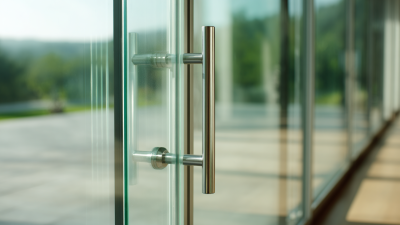
7 Essential Tips for Choosing the Best Sliding Glass Door Handles
-
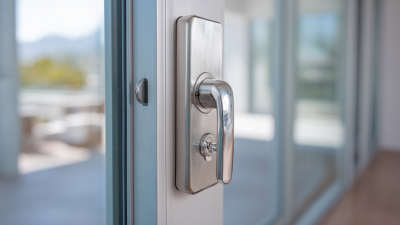
How to Choose the Best Sliding Glass Door Locks for Your Home Security
-
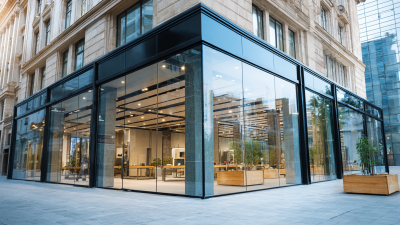
What Makes Storefront Glass Essential for Modern Retail Spaces
-
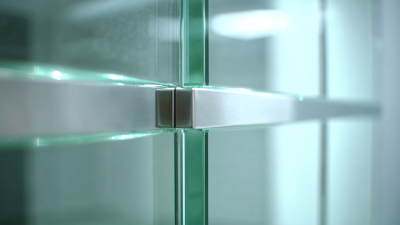
Transform Your Space with Stylish Glass Doors for Modern Interiors
-

Exploring the Benefits of Sliding Glass Doors for Modern Homes and Outdoor Spaces
-

Choosing the Right Entry Door Hardware for Enhanced Home Security and Style
